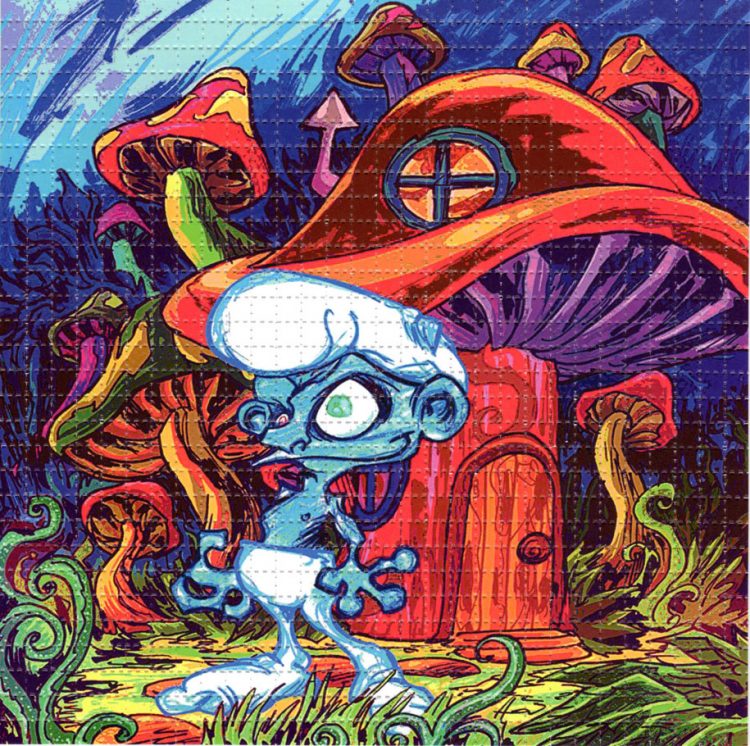

As revealed by some PTSD figures from the same year, first-year treatment cost the government US$8,300 a person, for a total of more than US$2-billion.

veterans of the Iraq and Afghanistan wars – the costs are alarming, with one in five veterans (300,000) diagnosed with the disorder. In one area alone – that of PTSD among returning U.S.

Substance Abuse and Mental Health Services Administration estimated the costs of mental illness to be a whopping US$467-billion in 2012. Approximately 9.6 million Americans have been found to experience suicidal ideation. In the United States, recent data indicate that more than 43 million Americans suffer from a mental-health disorder and close to half of that number have a co-occurring substance-abuse disorder. Leading the charge is a new generation of researchers, based out of centres such as Johns Hopkins University, New York University and Britain’s Imperial College in London, whose findings hold promise in treating mental illness. Central Intelligence Agency (CIA).Īfter several decades of being in cryogenic stasis, experimental research with psychedelics is back and attracting the attention of those in and outside of the scientific community. Psychedelic science’s demise has become the subject of a growing body of historical analyses over the last decade, many of which point to, as contributing factors, a convoluted mixture of 1960s countercultural excesses (that is, psychedelic gurus and the LSD social movement), transformations in psychiatry (and how mental illnesses are understood, diagnosed and treated as well as what constitutes acceptable clinical research methodology), and even the covert experimentation of the U.S. Not surprisingly, this resulted in a halt to scientific research in the area – although recreational use continued. Furthermore, claims of their medical value were overinflated and lacking a firm evidence base. Psychedelics, many argued, had the potential for serious abuse. When classic psychedelics, particularly lysergic acid diethylamide (LSD), were legally banned, and restrictions against their use put in place, in the late 1960s and 70s, the widely held opinion in the psychiatric and scientific communities – and, at least among non-users, society at large – was that they were too dangerous. Uncovering this revolutionary past has much to offer to the movement that is presently unfolding in Canada and abroad. Truth be told, many of the new findings are in fact old discoveries from the 1950s and 60s – dusted off and updated for the 21st century.


 0 kommentar(er)
0 kommentar(er)
